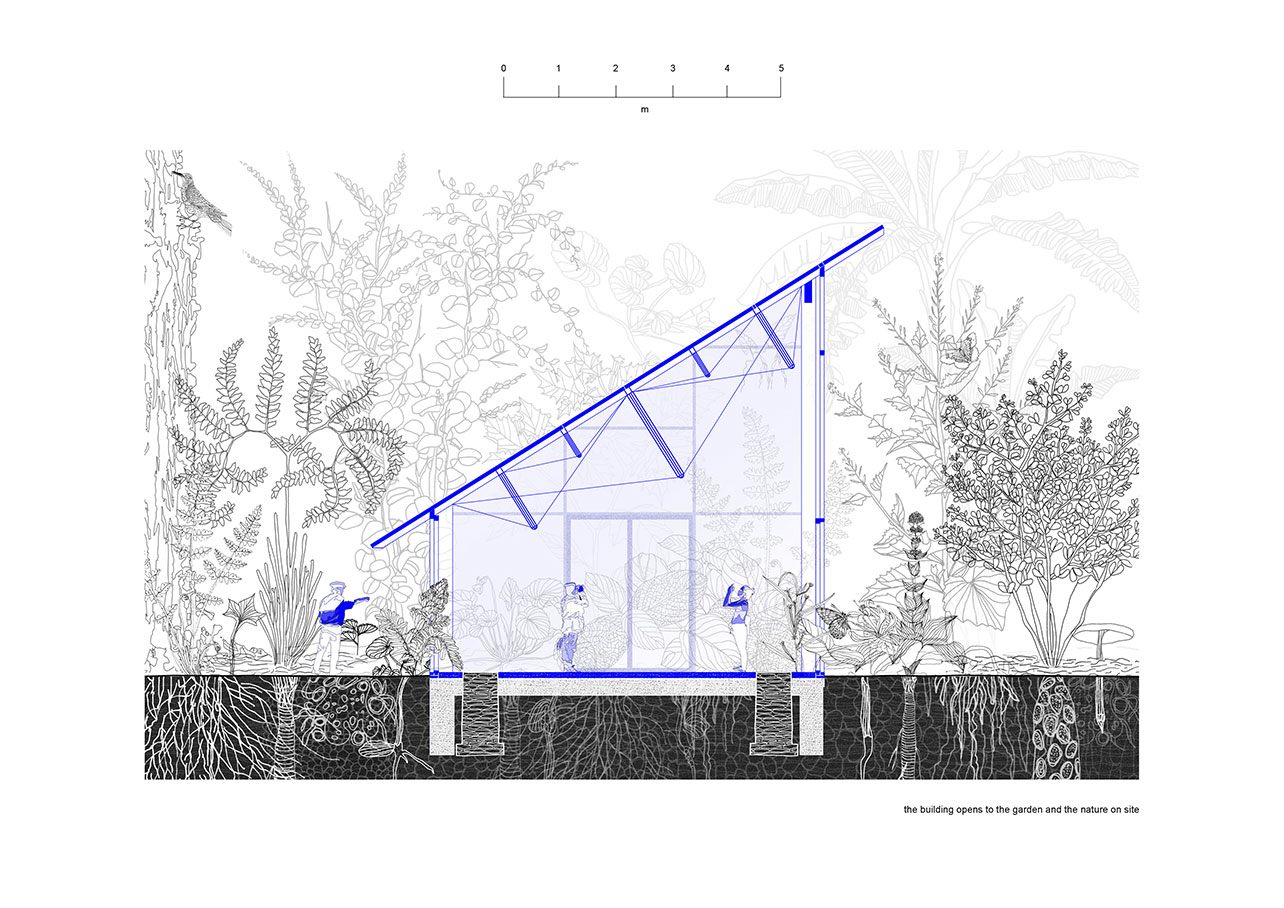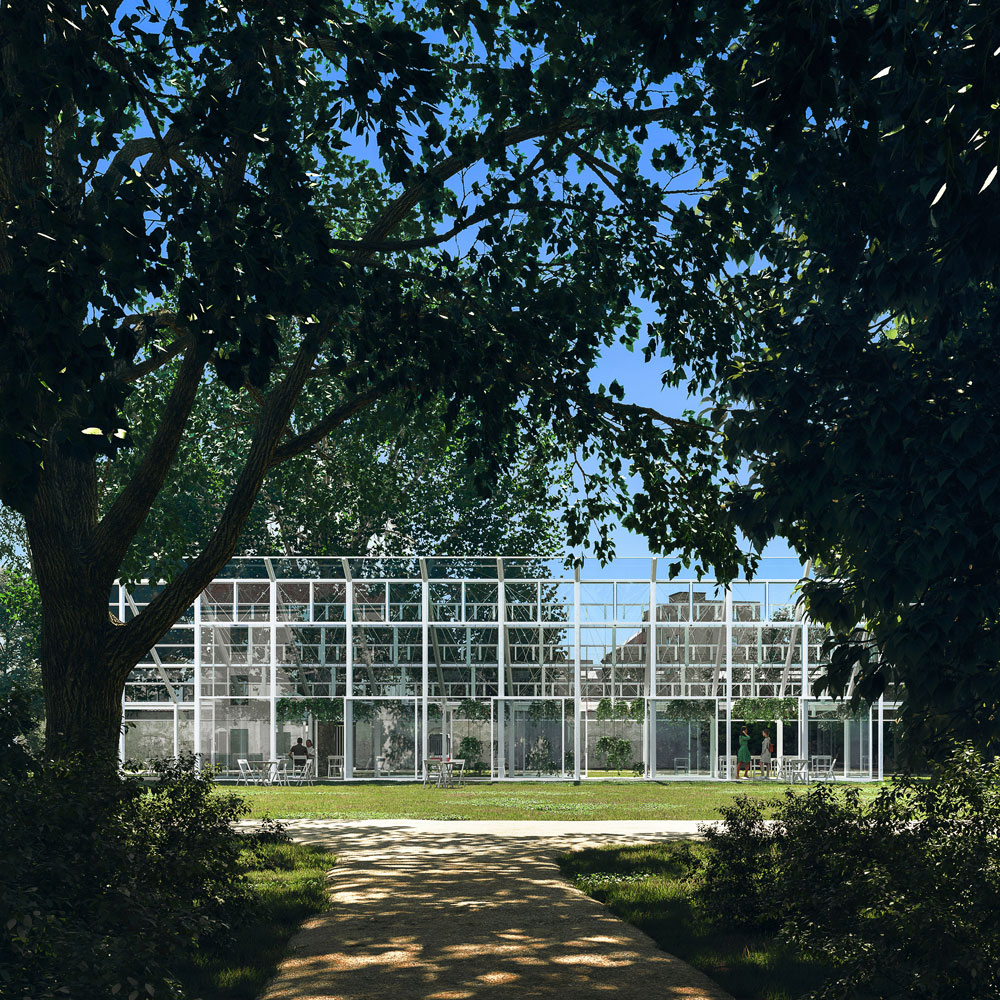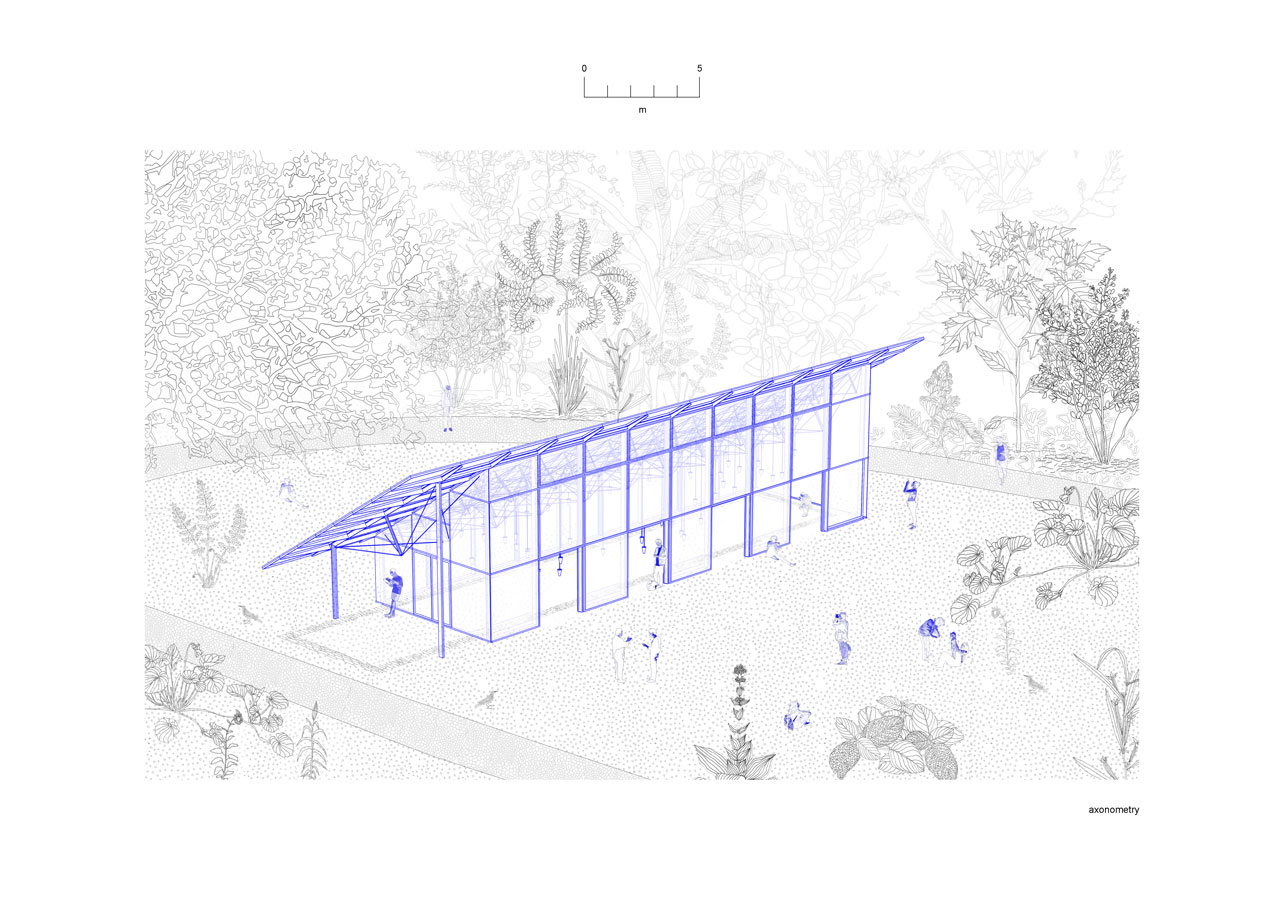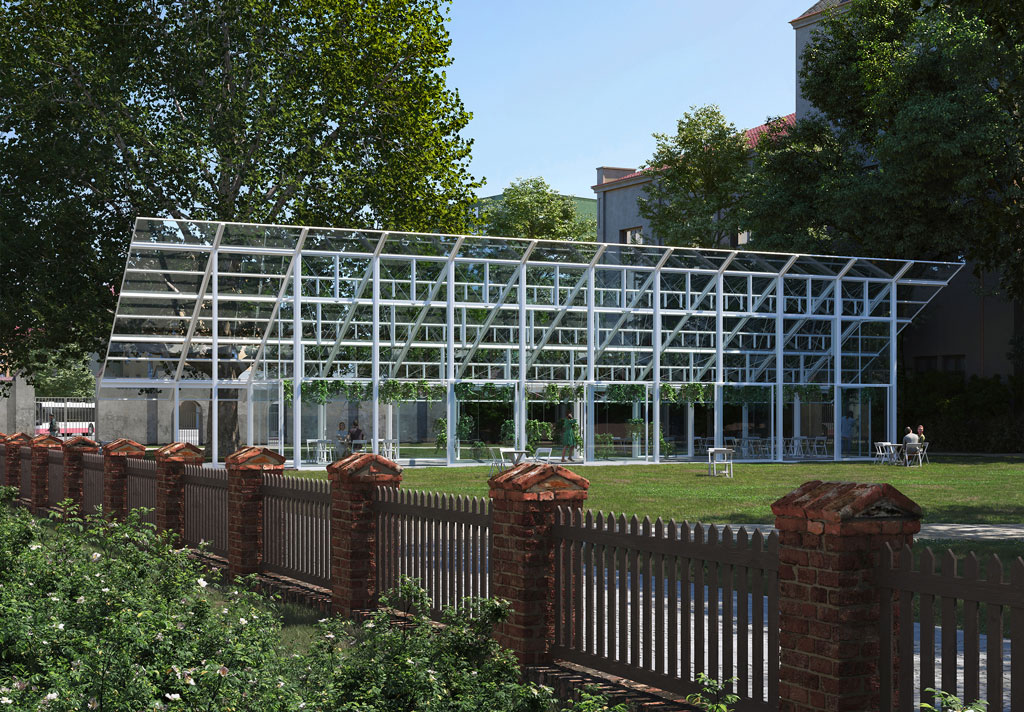ARCHITECTURE:CHYBIK + KRISTOF-Mendel’s Greenhouse of St. Augustin Abbey
 CHYBIK + KRISTOF is an architecture and urban design practice founded in 2010 by Ondřej Chybík and Michal Krištof. Operating with 50 international team members and offices in Prague, Brno and Bratislava, the practice aims at creating bridges between private and public space, transcending generations and societal spheres. Taking into account local histories and environmental specificities, the studio works on a wide array of projects, ranging from urban developments to public and residential buildings.
CHYBIK + KRISTOF is an architecture and urban design practice founded in 2010 by Ondřej Chybík and Michal Krištof. Operating with 50 international team members and offices in Prague, Brno and Bratislava, the practice aims at creating bridges between private and public space, transcending generations and societal spheres. Taking into account local histories and environmental specificities, the studio works on a wide array of projects, ranging from urban developments to public and residential buildings.
By Dimitris Lempesis
Photo: CHYBIK + KRISTOF Archive
CHYBIK + KRISTOF Architects & Urban Designers unveiled the new design for the significant but long-forgotten greenhouse of St. Augustin Abbey, Brno, in which the scientist and abbot of Abbey, Gregor Mendel conducted the experiments at the roots of modern genetics. The original building was destroyed by a storm in the 1870s, leaving to this day only its foundations. In the greenhouse in 1854 Abbot Cyril Napp permitted Mendel to plan a major experimental program in hybridization at the monastery. The aim of this program was to trace the transmission of hereditary characters in successive generations of hybrid progeny. Mendel to carried out his study in the monastery’s 2 hectares experimental garden, which was originally planted by Napp in 1830, Mendel used the common edible pea and started his experiments in 1856. After initial experiments with pea plants, Mendel settled on studying seven traits that seemed to be inherited independently of other traits: seed shape, flower color, seed coat tint, pod shape, unripe pod color, flower location, and plant height. He first focused on seed shape, which was either angular or round. Between 1856 and 1863 Mendel cultivated and tested some 28,000 plants, the majority of which were pea plants (Pisum sativum). This study showed that, when true-breeding different varieties were crossed to each other (e.g., tall plants fertilized by short plants), in the second generation, one in four pea plants had purebred recessive traits, two out of four were hybrids, and one out of four were purebred dominant. His experiments led him to make two generalizations, the Law of Segregation and the Law of Independent Assortment, which later came to be known as Mendel’s Laws of Inheritance. Located in the middle of Brno’s historic old city, St. Augustin Abbey has long celebrated its somewhat surprising role in modern science. The Mendel Museum, an institution of Masaryk University in Brno, opened in 2007 and is a popular draw among visitors. To commemorate Mendel’s upcoming 200th birthday in 2022, a reimagined 21st Century version of the long-lost greenhouse will once again monastery grounds. Tapping into archival materials of the site and directly influenced by Mendel’s own work, CHYBIK + KRISTOF’s structure, surrounded by the monastery’s lush gardens, will stand on the original foundations of the greenhouse—not an exact replica but a considerate design that’s “reminiscent” of the 19th-century building. The flexible design, conceived to adapt to a variety of purposes, is entirely exposed to the exterior with fully open side walls, preventing any visual barriers. A concealed system of heat pumps, shading and heating, located underground, reveal the building’s sustainable scheme, reliant on its adjustable shades and embedded blinds to ensure natural cooling and ventilation in the summer and heating in the winter – thereby mirroring and revisiting the regulative properties of a greenhouse.
Project Team: Ondřej Chybík, Michal Kristof, Ondřej Švancara, Kryštof Foltýn, Ingrid Spáčilová, Laura Emilija Druktenytė









